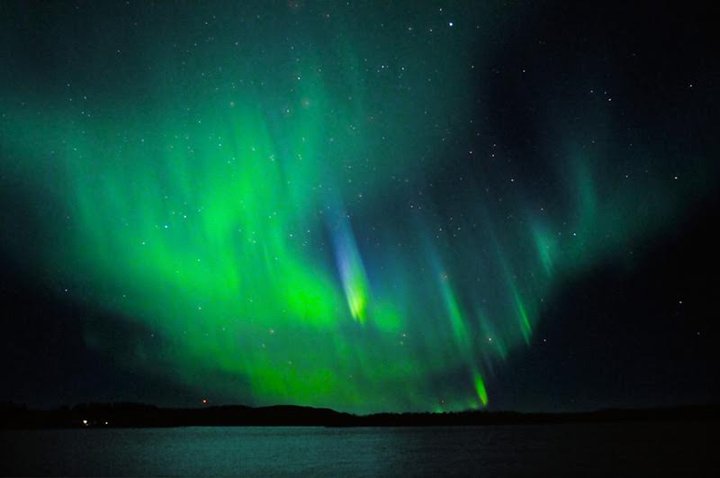
Father of nuclear physics, Ernest Rutherford via Wikimedia. Creative Commons license.
“Not exist? Not exist? Why, I can see the little buggers as plain as I can see that spoon in front of me!” New Zealander Ernest Rutherford was responding to fellow physicist Arthur Eddington’s remark that if electrons were so unimaginably small, perhaps they didn’t actually exist. That was back in 1920, and honestly, if you ask a physicist today, “How large is an electron,” you probably won’t get a clear answer. It’s not like asking, “How big is a baseball?” You’d probably have to sit through a lengthy explanation involving zero-radius particles (whose energy density would be infinite) versus finite-radius particles (which are incompatible with general relativity).
Fact is, we humans are best at getting a handle on things that approximate to our size, or—for really small stuff—things we can see. A grain of salt, a hair, that’s about a small as our senses can do anything with. All we can do from there on down is use analogies.
Regarding the electron, the best that can be said is that its radius can be no larger than 10 to the minus 18 meters, that is, it’s less than one millionth of a trillionth of a meter—yeah, pretty useless. Try this analogy, based on the story about the elderly senator who had been listening intently to a scientific presentation at a formal Congressional hearing. He asked, “Is an electron that much smaller than a speck of dust?” The answer was, “Senator, an electron bears about the same relation to a speck of dust as a speck of dust does to the size of the earth.”
For the sake of argument, let’s suppose the electron does have a size, and that size, as above, is 10^-18 meters. What about a speck of dust? That can be very small, too, by our normal standards of size: about 4 millionths of a meter, or 4 microns, for the smallest specks. Based on these numbers (1) a dust speck is about 4 billion times the size of an electron, and (2) Earth is about 3 billion times the size of the dust speck. Close enough! We could write the ratios like this, with one more thrown in for good measure:
(The radius of an electron to the radius of a speck of dust) = (The radius of a speck of dust to Earth’s radius) = (Earth’s radius to the distance of the nearest star). Roughly speaking.
Forget electrons, let’s look at something much more topical: the size of coronavirus that’s causing Covid-19 havoc here and around the world. How small is it? Really small.
Imagine that you have a single grain of salt on your palm. There’s you and there’s the grain of salt. You’re big, the grain is small: it’s about 100,000 times smaller than you. Now go one step beyond, imagine something that bears the same relation to a grain of salt as the grain of salt has to you. Got it? That’s a coronavirus. Yup, tiny—50 times smaller than that speck of dust we were talking about (about 100 nanometers in diameter, if you’re up on your units). One more for good, ahem, measure: You could fit about 10,000 typical viruses across the width of the period at the end of this sentence.
A damn sight smaller than that spoon Rutherford was eyeballing.

You can thank “surfing electrons” from the sun colliding with atmospheric nitrogen and oxygen molecules for the Northern Lights | Varjisakka, Creative Commons)
CLICK TO MANAGE